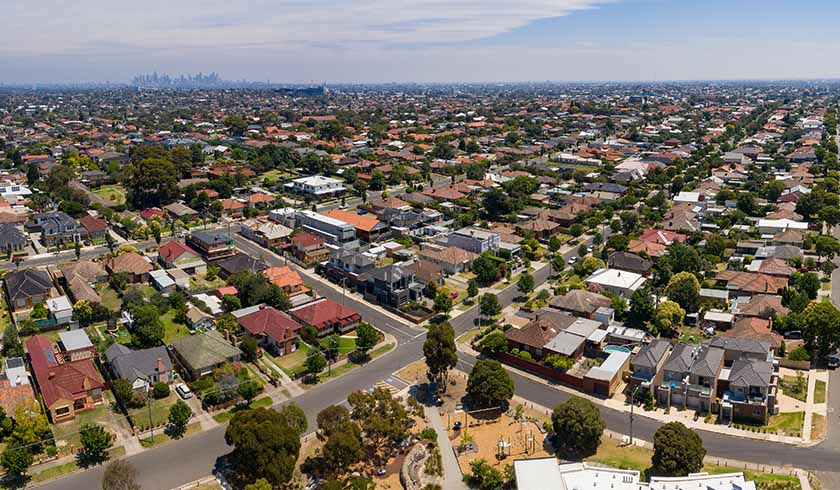The impact of trends on property
Every day there’s a new headline about the Australian property market. One day it’s a looming “property bubble”, the next day it’s “get rich quick” with property. What is the truth? In the age of misinformation and fake news, how do we separate fact from fiction and invest wisely?

If you ask any savvy investor, they will tell you that the truth is hidden within the trends of the Australian property market. It is about going deeper than the newspaper headlines and taking a scientific approach to the data to understand the “what” as well as the “why”.
Your ability to identify and understand trends is the closest thing you have to a crystal ball. Examining the various factors that impact property growth and prices will enable you to make educated predictions and confident decisions.
So, that being said, let’s examine what is really going on in Australian property:
“The Australian property bubble has burst”
Heard this one? Sure, Australian property values have dropped by 5.6 percent nationally over the last 12 months, but before you panic, dig a little deeper and you’ll find this correction is both normal and expected over the long term.
According to CoreLogic, national property prices have grown by almost 20 percent over the last five years and 197 percent over the last 20 years. So despite a few expected variations, this trend should fill you with confidence in the future prosperity of Australia’s property market.
“Stalled population growth will slow the property market”
This is another one we often hear, but again when we uncover the real truth in the trends, this statement doesn’t stack up.
Firstly, let’s start with the fact that we already have a housing shortage problem, to the tune of 250,000 homes! So, even if population growth was zero, we still have an urgent housing need.
Secondly, while population growth is expected to ease slightly, conservative estimates of 1.4 percent growth will still add over 340,000 people a year, with our current Australian population set to rise from 25 million to over 31 million by 2033.
This is compounded further by the shrinking size of our households, from 4.5 people a century ago to 2.6 today. An extra 1.7 million homes will be needed in the next 10 years, according to CEDA.
To bring this point home, the average Aussie is expected to live into their mid-90s by 2055, and our aging population is already putting even more pressure on housing numbers and changing the types of homes required.
“We’re in a housing affordability crisis”
This is a classic example of not understanding the trends. We don’t have a housing affordability problem; home loan costs have never been so low. The reality is we have an entitlement and access issue.
Our psychology and habits have changed. We live in a world of instant gratification where we see it on social media and expect to plug in our credit card and buy instantly. Gone are the days of patient, long-term saving habits.
Then there’s the huge stamp duty costs and other fees, which can add up to 7 percent to the average purchase price of a home.
This means that many home buyers can’t put together a deposit and feel shut out from the market.
This is particularly the case for first home buyers, who are at the centre of most “housing affordability crisis” stories. Yet again though, as we dig deeper on this trend, we learn that first home buyers account for just one in seven property purchases and don’t necessarily represent the broader market.
Credibility is key
As you examine trends in Australian property, it is absolutely critical to rely on analysis from independent, property professionals. Look to reports from independent property research firms, instead of organisations with a vested interest, along with advice from independent and experienced property experts.
This is a sure way to avoid the hype and hysteria and make decisions that will set you up for sustainable investment success.
